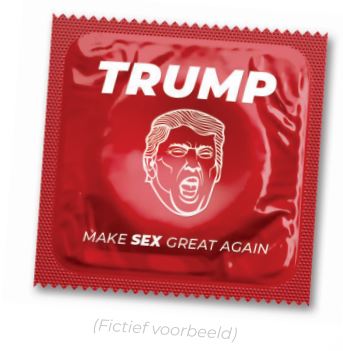





Call us: 071-5763116 or send an e-mail: info@abcor-ip.com
Een korte introductie tekst over de nieuwsbrief waarin je uitlegt wat het is. Hoe je direct de nieuwste editie kunt lezen en hoe je je kunt abonneren. And click here for all the numbers.
Among others in this issue:
• EUIPO vs Mora TV: weigering geluidsmerk
• Jägermeister vs Alte Heiler: stop Russische copycat
• Stichting Nederlandse Top 40: gericht op Benelux?
• Tijdschrift HART vs Hermitage: soortgelijkheid
• Monique Granneman: nieuwe partner Abcor
Frambozenweg 109-111
Postbus 2134
2301 CC LEIDEN
Tel: 071-5763116
Fax: 071-5768947
E-mail: info@abcor-ip.com
Visiting address Southern part of The Netherlands
Spoorlaan 460
5038 CH TILBURG
Visiting address Belgium
Rubensstraat 104/59
TURNHOUT 2300
Abcor is a member of the following industry and quality organizations: Benelux Association of Trademark and Design Law, International Trademark Association, Advertising Law Association.